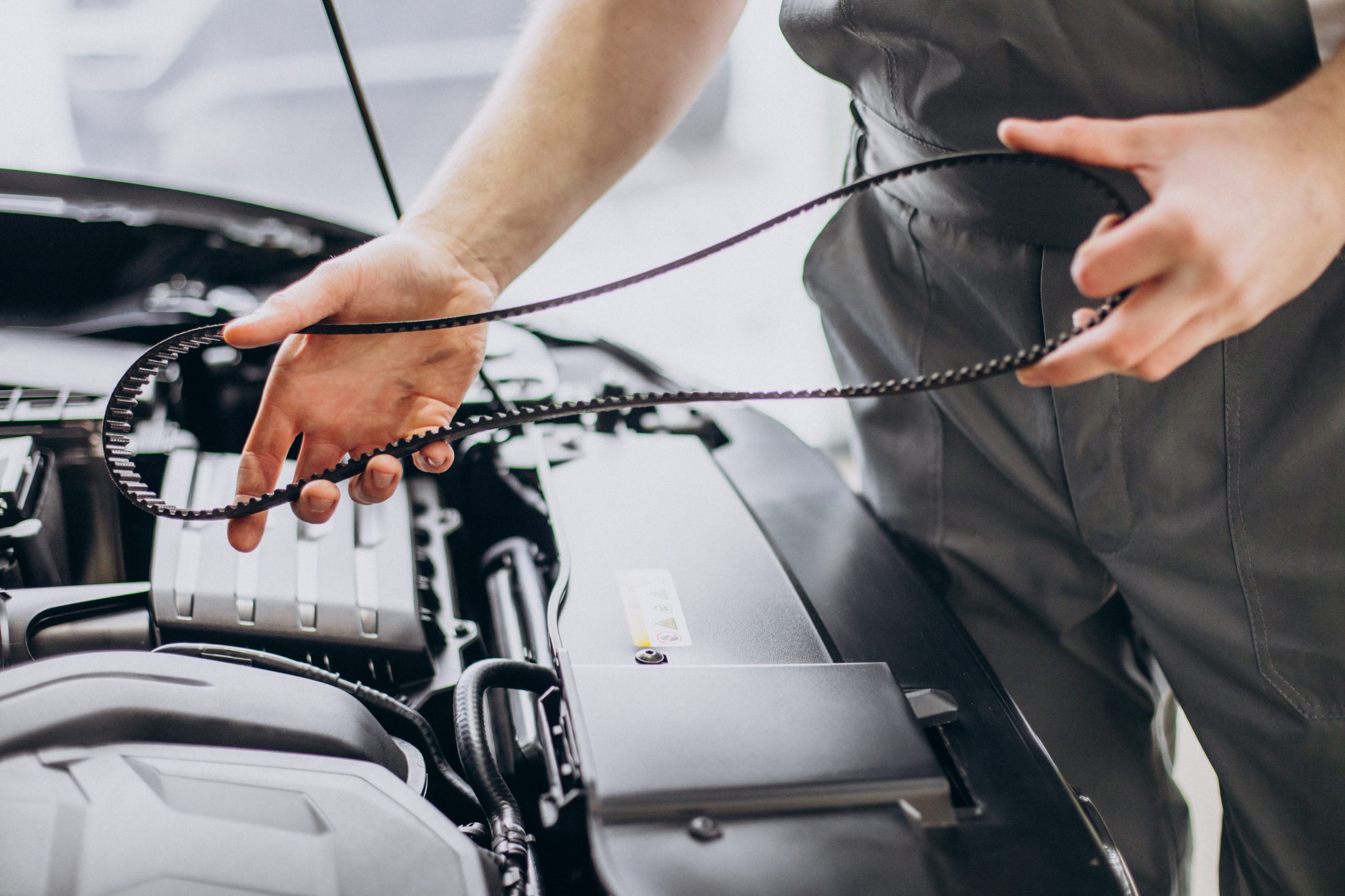
Most drivers focus on regular oil changes, brake checks, and tire maintenance—but the timing belt or wet belt is just as important when it comes to maintaining vehicle health. The timing belt controls the precise movement of engine parts, and without it, the engine can’t function. Over time, belts naturally wear out due to heat, friction, and aging materials. Checking the belt periodically can help you avoid sudden breakdowns and costly repairs.
One of the biggest financial advantages of regular belt inspections is avoiding catastrophic engine damage. If a timing belt snaps while the engine is running, the pistons can strike the valves, causing severe internal damage. In many cases, this kind of failure leads to engine replacement rather than repair. Addressing the belt early is far cheaper and far less stressful.
Wet belts have their own unique concerns. Because they operate inside the oil system, dirty or degraded oil can accelerate their wear. If the belt begins to break down, the debris can clog the oil strainer and reduce oil flow, damaging the engine from the inside out. Keeping up with oil changes and belt checks can prevent this.
Beyond preventing repairs, a healthy belt helps the engine run more smoothly and efficiently, saving you money on fuel and improving overall performance. Regular inspections offer peace of mind and long-term savings—making them a smart habit for every vehicle owner.

